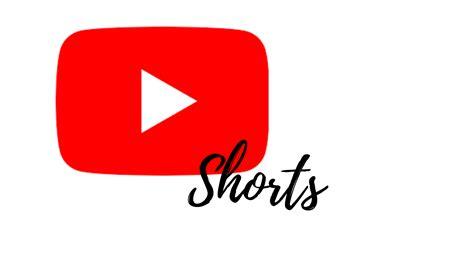Monetizing on YouTube is one of the key goals for content creators on the platform. However, not everyone qualifies for the YouTube Partner Program, which requires a minimum of 1,000 subscribers and 4,000 watch hours in the past 12 months, as well as complying with YouTube's community guidelines and terms of service. But that doesn't mean you can't monetize your content on YouTube. Here are some alternative ways to monetize your YouTube channel without the Partner Program.
1. Affiliate Marketing Affiliate marketing is a popular way to monetize YouTube channels without the Partner Program. It involves promoting a product or service and earning a commission for every sale made through your unique referral link. You can promote products related to your niche, such as beauty products, tech gadgets, or online courses. To get started, sign up for an affiliate program, such as Amazon Associates, and include your referral link in the video description or on your channel page.
2. Sponsored Content Another way to monetize your channel is through sponsored content. This involves working with a brand or company to create a sponsored video or series of videos. In exchange, you receive payment or other compensation, such as free products or exposure on the brand's social media channels. To find sponsored opportunities, reach out to brands in your niche or sign up for influencer marketing platforms, such as FameBit or AspireIQ.
3. Merchandise Sales If you have a loyal fanbase, you can monetize your channel by selling merchandise. This can include t-shirts, hats, stickers, or other products related to your brand. You can set up a merchandise store on platforms such as Teespring or Spreadshirt, and promote your products in your videos or on your channel page. Make sure to create designs that appeal to your audience and are related to your niche.
4. Fan Funding Fan funding is a way for your viewers to support your channel directly. Platforms such as Patreon and Ko-fi allow you to set up a page where fans can make a one-time or recurring donation to support your content. In exchange, you can offer perks such as exclusive content, early access to videos, or personalized shoutouts.
5. Product Sales If you have a product related to your niche, you can sell it directly to your audience. This can include digital products such as ebooks or courses, or physical products such as handmade crafts or artwork. You can set up an online store on platforms such as Etsy or Gumroad, and promote your products in your videos or on your channel page.
6. Crowdfunding Crowdfunding is a way to raise funds for a specific project or goal, such as creating a new series of videos or upgrading your equipment. Platforms such as Kickstarter or Indiegogo allow you to set a fundraising goal and offer rewards for backers. You can promote your crowdfunding campaign on your channel and social media, and offer exclusive perks for backers such as early access to videos or personalized shoutouts.
7. In-Video Ads Although you can't monetize through the YouTube Partner Program without meeting the eligibility requirements, you can still earn revenue through in-video ads. You can sign up for an ad network such as AdSense or Mediavine, which will place ads on your videos and pay you a percentage of the ad revenue. However, keep in mind that these networks may have their own eligibility requirements, such as minimum traffic or audience demographics.Crowdfunding Platforms Crowdfunding is a way to raise money for a project or venture by soliciting small contributions from many people, typically via the internet. There are several crowdfunding platforms, such as Kickstarter and Indiegogo, where creators can set up campaigns to fund their projects. YouTube creators can leverage these platforms to fund their content creation projects without relying on the YouTube Partner Program.
Creators can create a video explaining their project or venture, the funding goal, and how the funds will be used. They can then share the video on their YouTube channel and social media platforms to encourage their viewers and fans to contribute to the campaign. Creators can offer rewards or perks to their backers to incentivize them to contribute.
7. Sponsorship Deals Sponsorship deals involve partnering with brands or companies to promote their products or services in your videos in exchange for payment. Creators can reach out to brands or companies they believe align with their content and audience and propose a sponsorship deal.
Sponsorship deals can be a lucrative way to monetize your YouTube channel without relying on the YouTube Partner Program. However, it's important to disclose sponsored content to your audience to maintain transparency and trust.
In conclusion, while the YouTube Partner Program is a popular way for creators to monetize their channels, it's not the only option. Creators can leverage other monetization strategies such as merchandise sales, affiliate marketing, fan funding, crowdfunding, and sponsorship deals to generate income from their content. By diversifying their income streams, creators can create a sustainable income from their YouTube channels.
In conclusion, there are many ways to monetize your YouTube channel without the Partner Program. Whether it's through affiliate marketing, sponsored content, merchandise sales, fan funding, product sales, crowdfunding, or in-video ads, there are opportunities to earn revenue from your content. Just remember to stay true to your brand and audience, and provide value in everything you do.


